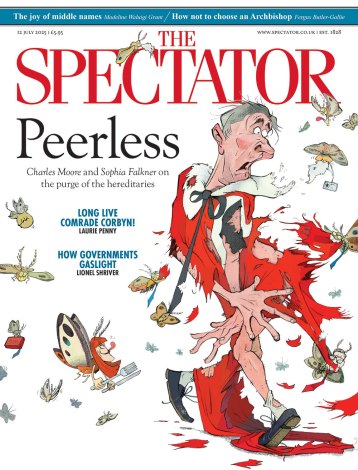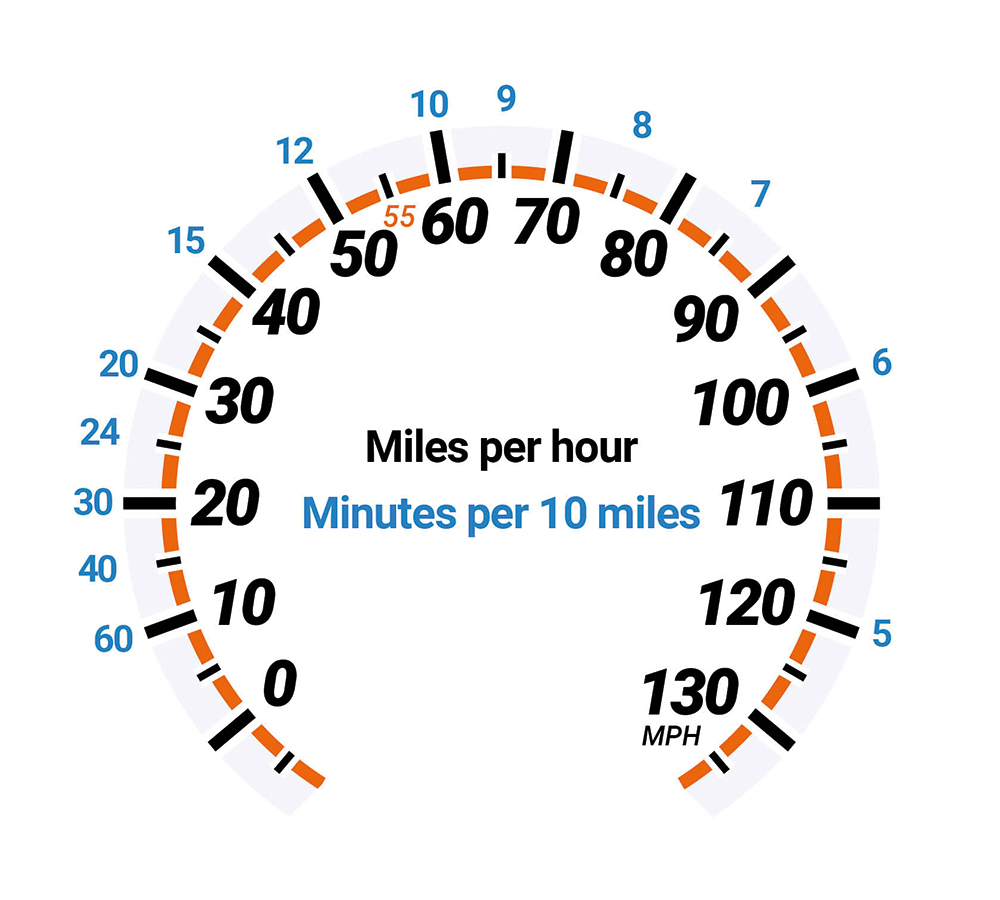Last week, the Hollywood team making the latest Mission Impossible film was desperate to clear Trafalgar Square of its superabundant pigeons for a scene involving its star, Tom Cruise. But it was not an ultrasonic laser in Ethan Hunt’s high-tech kitbag that did the trick. What you apparently need to rid central London of its pesky birds is an artform dating back 3,000 years.
The producers had to resort to falconers to get the job done. These devotees of an ancient art, who have also performed sterling service recently for administrators at St Paul’s Cathedral and the Palace of Westminster, let loose a ‘cast’ of red-tailed hawks, complete with bells and jesses, and sent the pigeons packing.
The Sun made a splash on these old-style methods, but actually it is one of falconry’s more modest contributions to the cultural life of the capital. Hunting with birds of prey arrived in Britain from Asia in about ad 900. Yet it took off with the Norman Conquest when every self-respecting wealthy Londoner had a ‘cadge’ (a technical hawking term for an enclosure) of falcons behind his residence in a building known as a ‘mews’.
These structures may have been repurposed as horse stables once falconry fell from fashion in the Georgian period. Yet everyone who lives in one of the many terraces of mews today dwells where London’s falcons would once have slept. Richard II’s own version was in Charing Cross, but the famous royal mews belonging to the fanatical falconer Charles II stood on a site now occupied by the National Gallery.
In keeping with strict feudal hierarchy, the various raptors used in falconry were allocated according to social station. Generally, the bigger the bird, the higher the status. Eagles were reserved for those of imperial rank, but a fierce giant of the Arctic tundra known as a gyrfalcon was a predator of choice for kings.
Highborn women had to make do with the tiny falcon known as the merlin, albeit a suitably bejewelled creature with its own brand of bijou elan. Catherine the Great and Mary Queen of Scots were both said to be much taken with their merlins. To the lowest in society, however, went the lowly mouse-catching kestrel. A dying echo of that feudal allocation is commemorated in the title to Barry Hines’s classic novel of thwarted working-class spirit, A Kestrel for a Knave.
For all the complex ritual that accreted around falconry, at its heart was a very practical business about delivering protein to the human diet. It was developments in firearm technology that eventually led guns to replace falcons as the hunter’s weapon of choice. Yet birds of prey supplied a genuine need for more than a millennium. Hawks were sometimes trained to work in pairs so that they could tackle far bigger prey items. Herons and cranes, which formed an exalted centrepiece on the medieval banquet table, were routinely captured with these methods.
Perhaps the most remarkable and deepest factor at play in a practice that held Europe in thrall for so long – and is still a multi-billion dollar enterprise among the royal families of the Middle East – is something much more elemental. It is a capacity to enter into a profound connection with a wild creature. Devotees often liken it to a marriage or a relationship between owner and slave, in which they are the servant. The bird itself is always master.







Comments